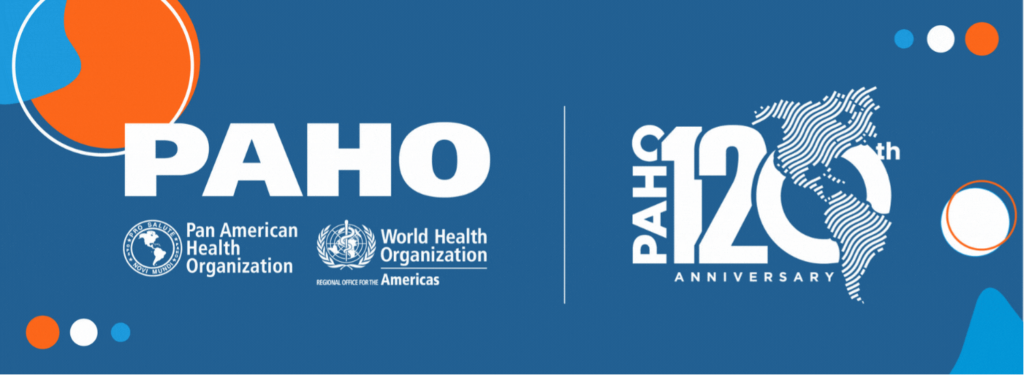Diabetes tripled in 30 years in the Americas
DIABETIC PATIENTS MORE THAN TRIPLED IN THE AMERICAS in the last 30 years a new Pan American Health Organization (PAHO) report said. PAHO said increases in obesity, poor diets, and lack of physical activity, among other factors caused the spike among the 62 million adults living in the Americas.
The PAHO ‘Panorama of Diabetes in the Americas’, released in the run up to World Diabetes Day observed on November 14, as a prescription, advised countries to improve early diagnosis, increase access to quality care for diabetes control, and develop strategies to promote healthy lifestyles and nutrition.
‘Panorama of Diabetes in the Americas’ forecast that the 62 million figure is expected to climb because some 40 percent of diabetics are unaware, they have the condition.

It predicted if current trends continue, the number of diabetics in the region is projected to reach 109 million by 2040.
Risk factors are driving soaring diabetes figures: 66 percent of adults in the Americas are either overweight or obese, and of these, only 60 percent get enough exercise. The report also cites an alarming trend among young people in the region, noting some 30 percent are now considered to be obese or overweight. This is almost two times the global average.
“These high rates of diabetes highlight the urgent need for countries to focus on prevention and the promotion of healthy lifestyles,” said Dr. Anselm Hennis, PAHP’s Director of the Department of Non-communicable Diseases and Mental Health.
“At the same time, it is crucial to ensure early diagnosis and good disease management, which are key to controlling diabetes and preventing diabetes-related disability and poor health,” Dr Hennis said.
According to ‘Panorama of Diabetes in the Americas’ a mere 12 countries in the Region have the six basic required technologies to manage diabetes in public health facilities, including equipment for measuring blood glucose, tests for the early diagnosis of complications, and urine test strips for glucose and ketone analysis.
“It is crucial that everyone, everywhere has access to these basic diagnosis and management tools needed to prevent related disability,” Hennis counselled.
The Report warned that people with diabetes have higher risks for severe forms of COVID-19 and death, highlighting the importance of integrating diabetes care into preparedness and response plans for emergencies.

In order to reduce the prevalence of the disease and enable patients to lead healthier lives and avoid complications, the Report advised countries to:
- Improve the capacity for early diagnosis of diabetes and for the prevention of diabetes-related complications.
- Increase availability and access to quality diabetes care, including essential medicines such as insulin, glucose-monitoring devices, and self-management support.
- Build strategies and policies to promote healthy lifestyles and nutrition and prevent obesity.
- Strengthen surveillance and monitoring to ensure good diabetes control.
PAHO continues to support countries in designing, implementing, and evaluating strategies to prevent and control diabetes. Its Strategic Fund works to strengthen universal access to essential medicines and technologies to treat diabetes in the region, enabling Member States to obtain insulin at low-cost prices.
The WHO Global Diabetes Compact also reinforces this commitment and provides a roadmap for countries to tackle diabetes.
World Diabetes Day is held every year on 14 November on the birthday of Dr. Frederic Banting, a co-discoverer of insulin, to help raise awareness of the ailment.







